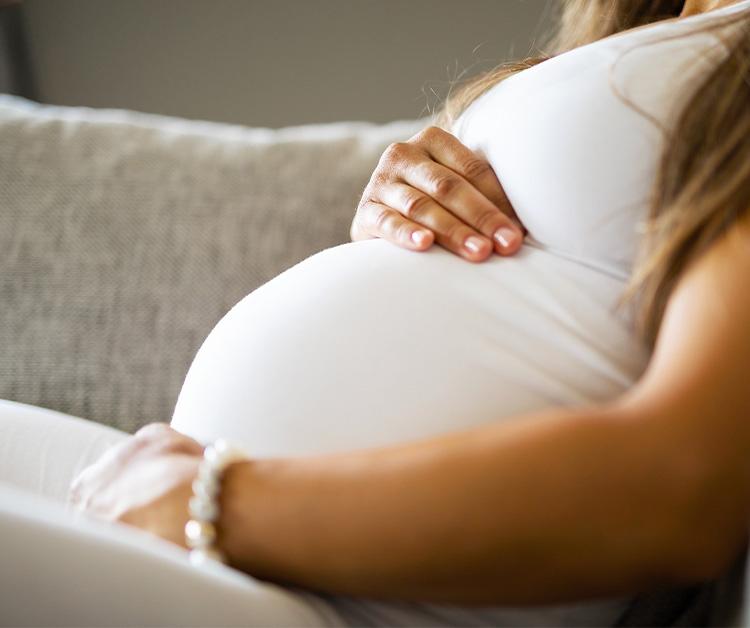Due to maintenance, rewards points for receipt uploads will be delayed. Thank you for your patience!

“False labor” may seem like a painful or scary thing to endure, but Braxton Hicks contractions are a common event during the course of a healthy pregnancy. Get an overview of what Braxton Hicks contractions are, what they feel like, and more
Like the contractions experienced during true labor, Braxton Hicks contractions are contractions of the muscles of the uterus. Often called “false labor,” these contractions won’t cause you to go into labor but are instead the body’s own way of preparing to bring baby into the world—like an exercise. It’s your body planning for baby much like you are. Knowing that, it may be more helpful to think of Braxton Hicks contractions as “practice contractions” rather than “false labor.”
All pregnancies include Braxton Hicks contractions, believed to begin somewhere around the sixth week of your pregnancy. You may not feel them, though, until you enter the end of your second trimester or the beginning of your third trimester.
The word “contraction” may conjure the kind of pain that we know to accompany the contractions that bring on labor. In the case of Braxton Hicks contractions, it is simply a descriptor of what the muscles of the uterus are doing.
Braxton Hicks contractions feel like the muscles across your pregnant belly are tightening—your uterus may feel like it’s becoming hard to the touch. These contractions begin at the top of the uterus and move downward. This may feel uncomfortable, but most pregnant women don’t report feeling pained.
Generally, Braxton Hicks contractions are caused by the pregnancy hormones getting your body ready to deliver baby. However, they can be triggered from time to time—not just happen organically over the course of your pregnancy.
What do all of these have in common? Each of these triggering events may cause stress on your growing baby—your little one needs increased blood flow and oxygen. Don’t let the word “stress” alarm you. Again, these contractions are normal, and in the case of being triggered by any of the above are your body’s way of ensuring your growing baby is getting what they need.
You may be wondering how to tell the difference between Braxton Hicks contractions and true labor contractions. Below are symptoms you may experience and signs to help you determine each.
If these are the symptoms you’re experiencing, it could mean you’re in labor and need to head to the hospital or begin preparing for your chosen birth method.
You’ve been visiting your doctor regularly for prenatal care during your pregnancy, but is there ever a time to head in for a visit because of Braxton Hicks contractions? Some doctors offer their patients the 5-1-1 rule to gauge true labor versus Braxton Hicks contractions:
While not a glamorous or fun portion of your pregnancy journey, Braxton Hicks contractions are a normal part of the experience. If you frame it as your body gearing up to bring your little one into the world—the same way you’re preparing by learning about pregnancy nutrition and healthy ways to exercise while pregnant—they may be easier to handle.
All information on Enfamil, including but not limited to information about health, medical conditions, and nutrition, is intended for your general knowledge and is not a substitute for a healthcare professional's medical identification, advice, or management for specific medical conditions. You should seek medical care and consult your doctor or pediatrician for any specific health or nutrition issues. Never disregard professional medical advice or delay seeking medical treatment, care, or help because of information you have read on Enfamil.